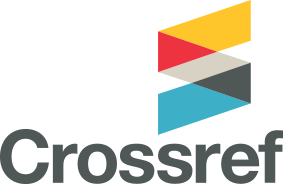STUDI PENAMPILAN PRODUKSI ULAT SUTERA F1 HIBRID HASIL PERSILANGAN RAS JEPANG DAN RAS CINA YANG BERASAL DARI PUSAT PEMBIBITAN SOPPENG DAN TEMANGGUNG
Abstract
There are two centres of silkworm breeding sites in Indonesia, Soppeng- South Sulawesi and Temanggung-Central Java. Both, using the crossing of Japan and China strains, supplies almost all the needs of silkworm eggs in Indonesia. There were diffference performances between them in warm environment of low land, but in up land is still not know yet. The purposes of this experiment were to know the performance of the silkworm originated from two different breeding sites. The experiment used one box silkworm egg (20000 eggs) each from Soppeng and Temanggung Breeding sites. The variables observed were wet coccon weight (WCW) and coccon shell weight (CSW). Data were analyzed by t- Test. Statistical analysis result showed that WCW and CSW of the silkkworm originated from Soppeng were better (P<0,005) than of Temanggung. The causes may be the activity of silkgland was more productive, the adaptation ability to the environment was better included the efficiency of the using of feed nutrition and the growth or caused by polimorphism. The conclusion was that silkworm crossing of Japan and China strain originated from Soppeng had better performance than of Temanggung. It was needed following research on genetic site.
Keywords: Silkworm, performance, Soppeng and Temanggung
Refbacks
- There are currently no refbacks.

This work is licensed under a Creative Commons Attribution-NonCommercial 4.0 International License.










